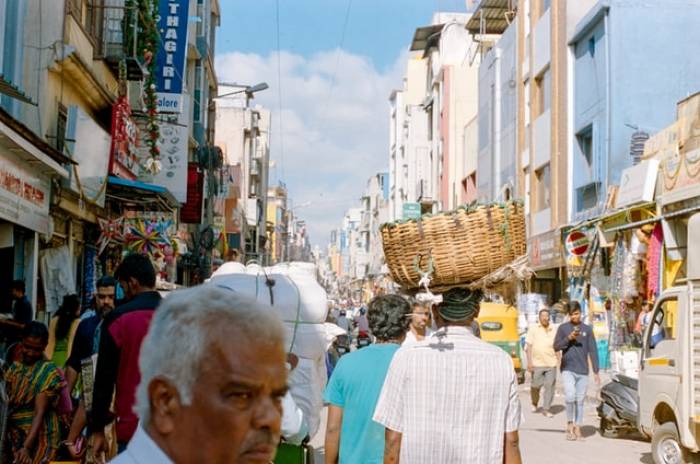Even as the Central Government declared 27% reservation for Other Backward Castes and 10% for Economically Weaker Section among General Category in all India quota of Medical Colleges, the demand for caste based census has been flaring up. The ruling NDA ally in Bihar, Janata Dal United in its national executive committee meeting on Saturday passed a resolution demanding enumeration of population on the basis of caste.
“JD(U) parliamentary party delegation has sought time from Prime Minister Narendra Modi to hand over a memorandum demanding caste based census in the country”, said JDU principal general secretary K C Tyagi.
On Friday, a delegation of leaders belonging to Rashtriya Janata Dal, Congress and Communist parties met Chief Minister Nitish Kumar to advance the cause. The opposition leaders have requested Nitish to raise the issue of caste based census before Prime Minister Narendra Modi. They suggested to the Chief Minister that in case of refusal by the Centre, Bihar should hold the state’s own caste based census as Karnataka’s Congress government led by Siddaramaiah (2013-18) did.
In 2011, the Socio-Economic Caste Census was initiated during the Manmohan Singh led UPA government. However, the data related to OBC was withheld.
It should be mentioned that ignoring the growing demand from several quarters, the BJP led central government refused to hold caste based census. Union Minister of State for Home Affairs Nityanand Rai had told Parliament that the government had, as a policy matter, directed not to enumerate caste-wise population other than SC/STs.
Interestingly, Bihar Legislative Assembly, then consisting of 53 BJP MLAs out of total 243 members has unanimously passed the resolution in the favour of caste based census twice on February 18, 2019 and February 27, 2020.
Similarly on January 8, 2020, Maharashtra Assembly having 106 BJP MLAs in the House of 288, unanimously passed the resolution to this effect. The BJP, though in opposition, is the single largest party in the state. The National Commission for Backward Classes too had raised this demand.
The Census has been capturing the demography of religious communities, Scheduled Castes and Scheduled Tribes since 1951. However, the socio-economic conditions of other backward castes are estimated on the basis of 1931 data when the last time caste based census was held.
A sea change has taken place in the last ninety years in the demography of the country. The delimitation of states and coming up of new ones such as Odisha, Gujarat, Haryana, Jharkhand, Uttarakhand, Chhattisgarh, Telangana etc. have changed the demographic reality.
On the other hand, over the years many Other Backward Castes have been included in the Scheduled Castes and Scheduled Tribe list. According to the Mandal Commission report, OBCs constitute 52% of the total population of the country.
The supporters of caste based census are arguing that though the conditions of backward castes have improved, especially after the implementation of Mandal Commission recommendations, the true picture will only emerge through a thorough caste-wise enumeration. They point out that these castes belong to disadvantaged groups and a sizeable number of people are still lagging behind on the socio economic parameter. Therefore, they should be identified and the benefits of welfare schemes should be extended to them.
(Shams Khan is contributing editor at TheNewsWeb. He is based in Patna)





